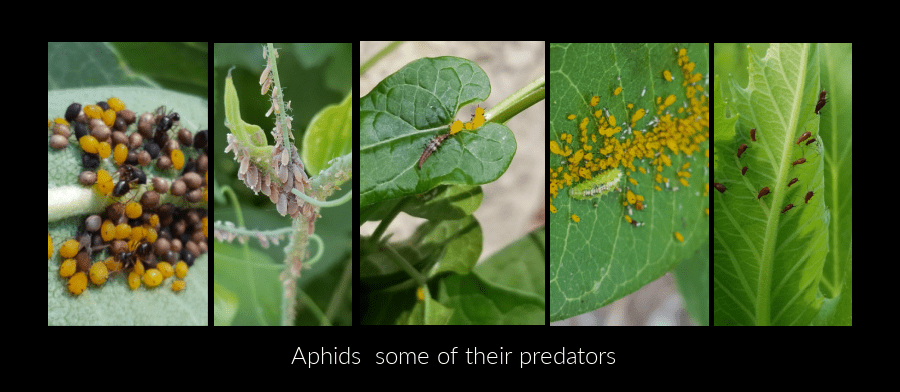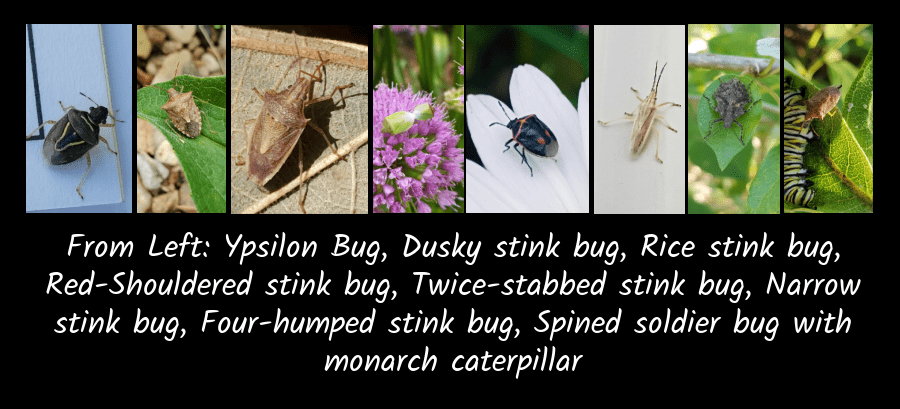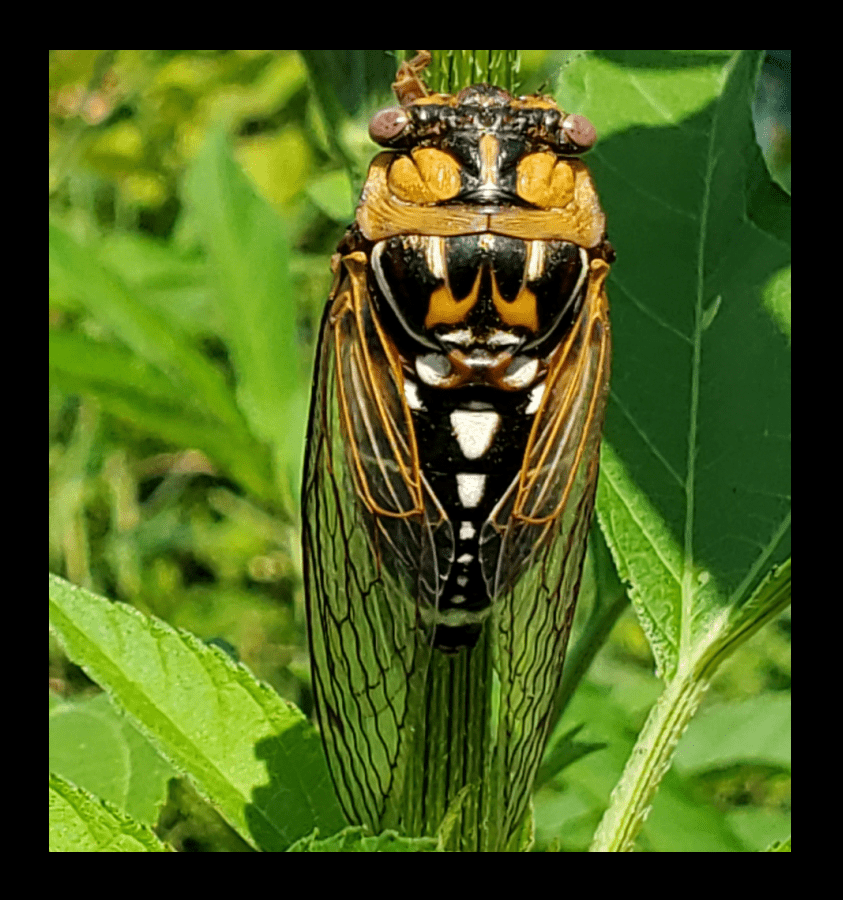Next up in our Exploring the Garden Series, is true bugs. True bugs are in the Order Hemiptera, and are identified by having piercing-sucking mouthparts. Unlike other insects, true bugs have their abdomen and thorax joined together. With more than 38,000 species worldwide, there are many which are pests in the home and garden. But, around 1/3 of the total are actually predators of other insects.
Here in the United States, there are around 3,800 known true bugs. True bugs include assassin bugs, cicadas, aphids, planthoppers, leafhoppers, and shield bugs. While not even close to as numerous as beetles, true bugs can be just as interesting. Some of the planthoppers indeed are unique. I will dive right in on some of these amazing insects which you can find in the garden.
Assassin Bugs
These are our best insect predators of the true bugs, and they feed voraciously. One of them, the wheel bug, is very aggressive, and goes for a wide range of insects, including Japanese beetles. The bite of the wheel bug is intense, and even I have been bitten by one. With their mouthparts, they literally suck the life out of their prey. They go for caterpillars, moths, butterflies, bees, other true bugs, beetles, aphids, and much more.

Cicadas
These are about the most annoying insects we have. I really do not like the sound they make each summer. And some summers, like in 2022, they were especially bad. I felt like they starting singing in June instead of July or August. Worldwide, we have 3,400 species of cicadas, of which there are 3 17-year periodical cicadas, and 4 13-year periodical cicadas. Here in the U.S., we have around 190 species total. Cicadas are pests, not only for their sounds but for their diet. The larvae feed on the roots of plants, while the adults feed on trees.
Aphids
There are literally thousands if not millions of aphids in our landscapes each year. Because they multiply so fast, they can be difficult to control. However, whenever there are outbreaks of pests in the garden, they are soon followed by outbreaks of predators. I love finding aphids in the garden, because of all the various predators that are often found aside them, eating away. i have already mentioned lady beetles, but there are so many other thing eating aphids.

Planthoppers and Treehoppers
I usually group these together, but they are separated by the number of spines on their hindlegs. Seems kind of petty does it not? Anyways, I am grouping them together again here. There are between 12,000 and 30,000 species worldwide, with somewhere around 400 in the United States. Plant, tree, and leafhoppers suck plant juices and some are specialists on plants.

Shield Bugs
These true bugs can either be pests or predators. Most of the more common ones are pests, such as stink bugs. But there are some which would trick you if you did not know them. There are around 4700 species of shield bugs worldwide, and around 200 in the U.S. Some of them have very pretty patterns on their backs.

Conclusion
Get out and explore the garden because you never know what you are going to find! I spend so much time hiking and gardening with my kids, and we all find so many interesting things. My son and I have a daily caterpillar challenge in the summer, where we search for caterpillars. He looks during the day at home, and I look while working and during lunch. We learn and find so many things!
Happy planting!




